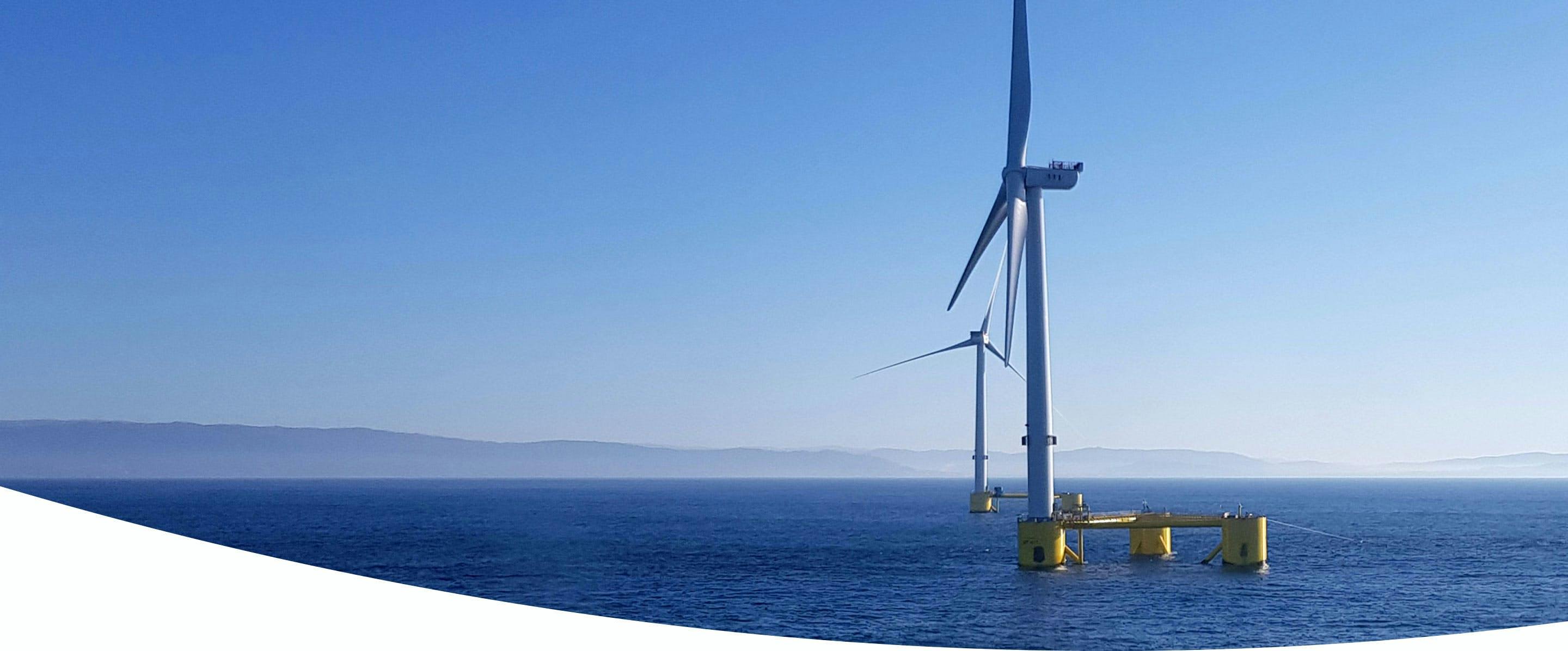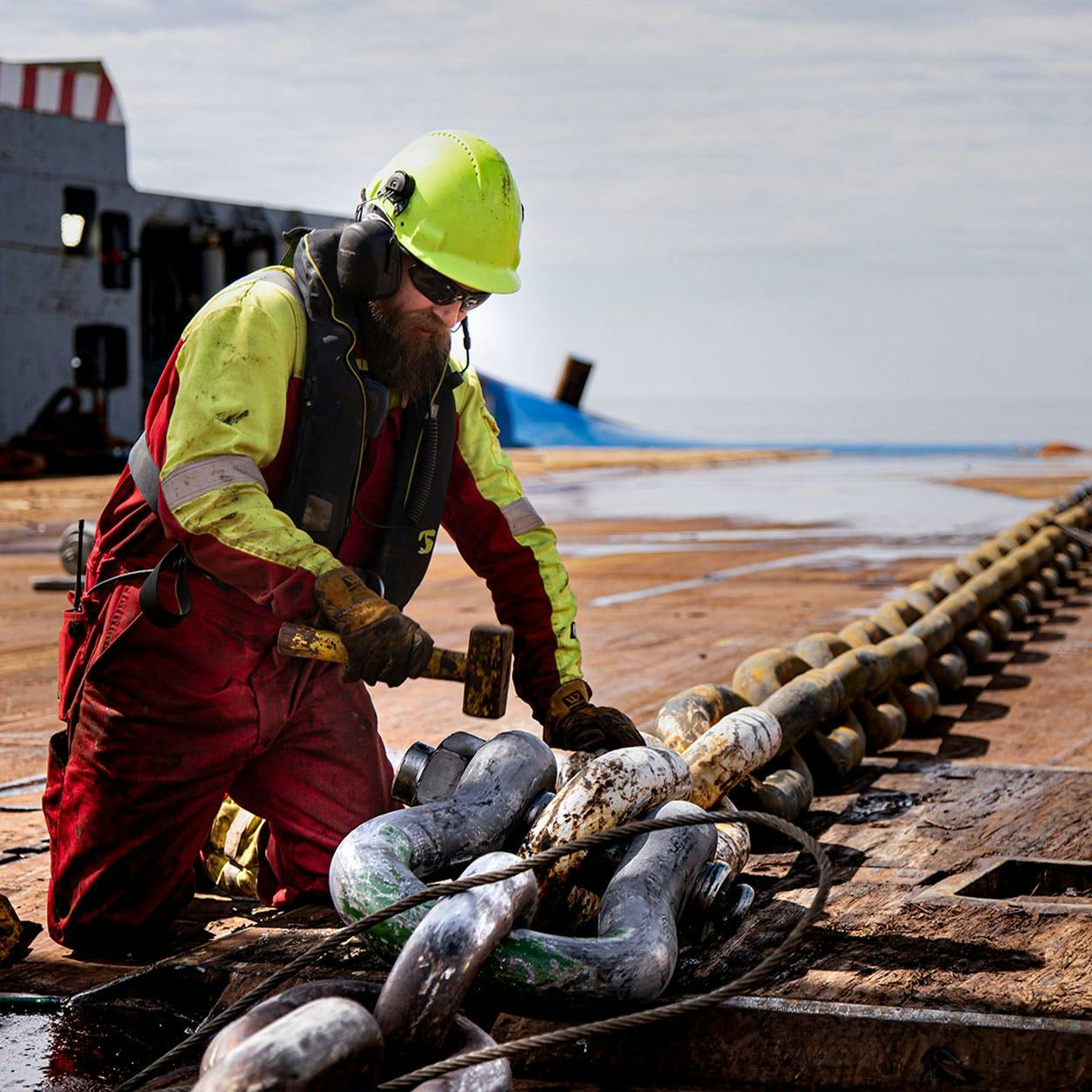
A job creation industry
Building and maintaining large floating offshore wind projects will require substantial investments in workforce development, local supply chains, and supporting infrastructure like ports. With the right policies and regulations to support long-term, sustainable growth, this industry has the potential to create unparalleled economic growth in coastal communities around the world.
The International Renewable Energy Agency estimated, in a 2018 report, that a single 0.5 GW offshore wind project creates about 10,000 person-years of direct jobs over its lifetime. A 1,400 GW scenario could lead to the creation of almost 30 million person-years of work, highlighting the scale of the job-creation opportunity.

An opportunity to revitalize coastal communities
Offshore wind projects create massive demand for high value products, such as wind turbines, fabricated steel structures, power cables, and electrical components, as well as the vessels and workforce to install and maintain these projects over their 25+ year lifetimes.
The offshore wind supply chain builds on the specialized competencies and skills present in other maritime industries such as oil & gas and shipbuilding, which have been buffeted in recent years by economic downturns.
Offshore wind thus represents an opportunity to revitalize affected coastal communities and offers a pathway for workers to transition to a more sustainable industry with high, long-term potential.
Creating the conditions for a competitive local industry
The scale of the wind turbines and foundations means that the ability to manufacture and assemble components in the vicinity of the project location is often the most efficient option.
Localization of the supply chain, and the associated job creation, requires that suppliers have the confidence required to invest, and is only possible if there is a long-term, stable pipeline of projects. Policymakers, therefore, have a key role to play in establishing a conducive policy and regulatory environment, working with industry to establish supply chain clusters that build on existing competencies, and ensuring that infrastructure is ready to support deployment at scale.
As offshore wind is a global industry, a significant export opportunity exists if the local supply chain develops in a way that it can be competitive on the global stage. As a result, it is important that government policies do not mandate local content over cost competitiveness. The nascent state of floating wind suggests a major opportunity for nations that move first and create the right conditions for a domestic floating wind industry to flourish.
The WindFloat® portfolio: promoting economic growth in local communities worldwide
The WindFloat T is already adding value to local communities through the development of pre-commercial and full-scale commercial projects and our R&D collaborations. The WindFloat F will follow the same steps, based on Principle Power’s operational track record since 2011.
Principle Power joined forces with other industry leaders to contribute to RenewableUK’s 2020 report “Floating Wind: the UK industry ambition,” which demonstrates the key role floating wind can play in enabling the UK to reach 75 GW of offshore wind by 2050.
The report concluded that, with the correct regulatory environment and government support, floating wind has the potential to provide:
Similar economic benefits are expected in locations as diverse as South Korea, the Mediterranean basin or the Atlantic coast of Europe.
The WindFloat® advantage
PerformanceFabricationInstallationInspection, Maintenance & RepairConnectionLocal CommunitiesEnvironmentServices
Project Development SupportConcept and Pre-FEED DesignFEED and Detailed DesignProject Execution SupportInspect, Maintain & RepairEnd of Life Services


